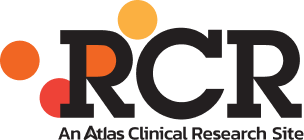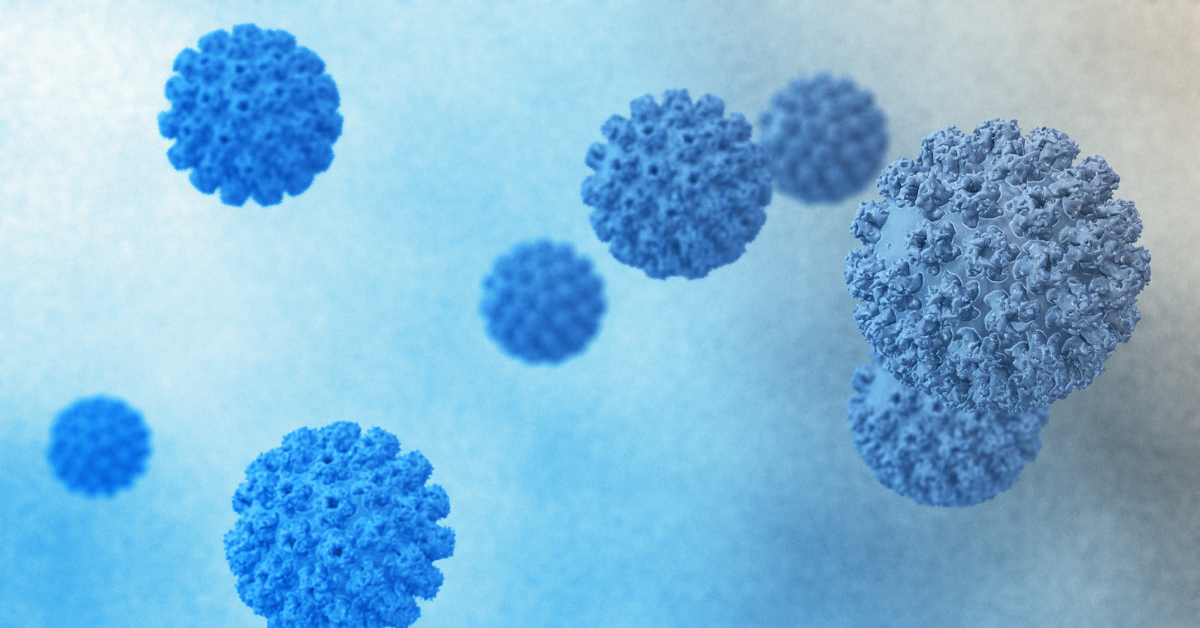November is National Native American Heritage Month. This month we take the time to recognize and celebrate the rich and diverse culture, traditions, and contributions of Native Americans. The world’s health ecosystem owes much of its practices and innovations to Native American people and healers. Here are 5 inventions used every day in medicine and public health that we owe to Native Americans.
Syringes
In 1853 a Scottish doctor named Alexander Wood was credited for creating the first hypodermic syringe, but a much earlier tool existed. Before colonization, Indigenous peoples had created a method using a sharpened hollowed-out bird bone connected to an animal bladder that could hold and inject fluids into the body. These earliest syringes were used to do everything from injecting medicine to irrigating wounds. These tools were also used to clean ears and serve as enemas.
Pain Relievers
Native American healers led the way in pain relief. Willow bark (the bark of a tree) is widely known to have been ingested as an anti-inflammatory and pain reliever. In fact, it contains a chemical called salicin, which is a confirmed anti-inflammatory that when consumed, generates salicylic acid – the active ingredient in modern-day aspirin tablets. In addition to the many ingestible pain relievers, topical ointments were also frequently used for wounds, cuts, and bruises. Two well-documented pain relievers include capsaicin (a chemical still referenced today that is derived from peppers) and jimson weed as a topical analgesic.
Sun Screen
North American Indians have medicinal purposes for more than 2,500 plant species – and that is just what’s currently known between existing practices. But, for hundreds of years, many Native cultures had a common skin application that involved mixing ground plants with water to create products that protected skin from the sun. Sunflower oil, wallflower, and sap from aloe plants have all been recorded for their use in protecting the skin from the sun. There are also noted instances of using animal fat and oils from fish as sunscreen.
Baby Bottles
Long before settlers made their way to American lands, the Iroquois, Seneca, and others created bottles to aid in feeding infants. The invention consisted of the insides of a bear and a bird’s quill. After cleaning, drying, and oiling bear intestines, a hollowed quill would be attached as a teat, allowing concoctions of pounded nuts, meat, and water to be suckled by infants for nutrition.
Mouth Wash & Oral Hygiene
Although tribes across the continent used various plants and methods for cleaning teeth. In particular areas, mouthwash was known to be made from a plant called goldthread to clean out the mouth. It was also used by many Native cultures as pain relief for teething infants or a tooth infection by rubbing it directly onto the gums.
It’s easy to go about our day-to-day lives without thinking about the role that public health and medicine play in keeping us safe and healthy. But it’s even easier to take those things for granted without recognizing the brilliant innovations and inventors that got us where we are today. Those healers knew how to use the land and its resources to produce effective methods and substances for ailments. As technology moves us ever forward, let’s not forget that as we grow into the future, we are still rooted in history.



